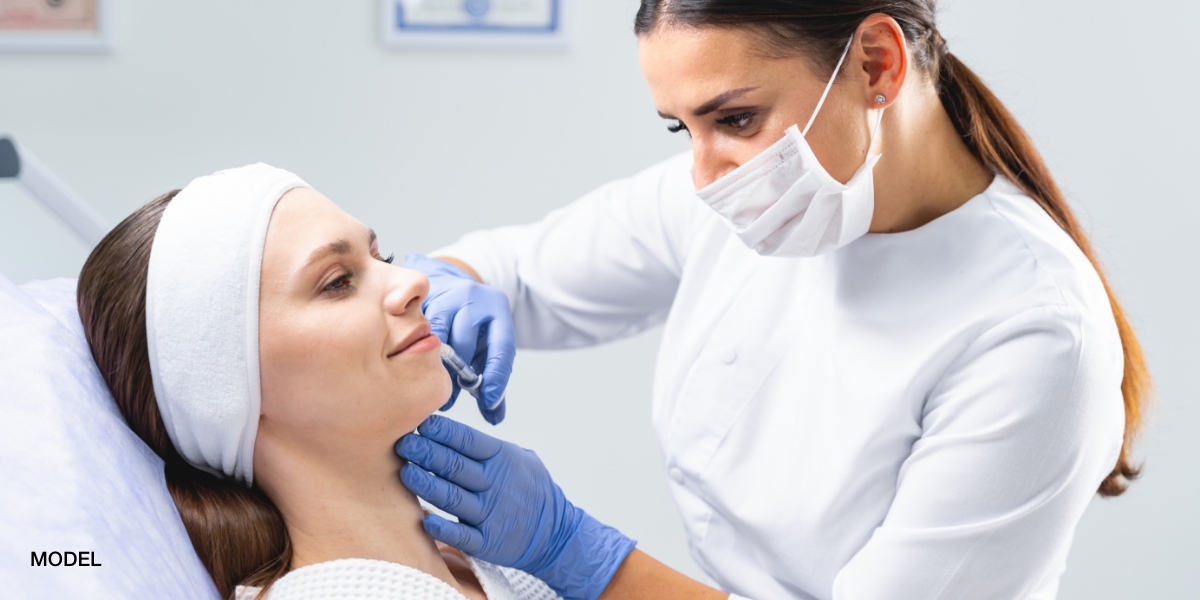
BOTOX® has become a household name, synonymous with smoothing wrinkles and achieving a youthful appearance. But amidst its popularity, a question often arises: what exactly is BOTOX made of? While the term BOTOX is widely used, it’s crucial to understand it’s actually a brand name for a specific type of neurotoxin called botulinum toxin type A. Now, let’s delve deeper into understanding this complex molecule.
The Natural Origins of Botulinum Toxin
- Bacteria and Toxin Production: Botulinum toxin is a naturally occurring neurotoxin produced by the bacterium Clostridium botulinum, which is commonly found in soil and aquatic environments.
- Potential Dangers: In high concentrations, botulinum toxin can cause a serious illness known as botulism. This condition is characterized by muscle weakness and paralysis, often resulting from ingesting contaminated food.
- Purification Process: Fortunately, botulinum toxin type A becomes a valuable medical tool when carefully purified and used in extremely small, controlled doses.
- Manufacturing: The BOTOX brand of botulinum toxin type A undergoes a rigorous purification process to ensure safety and remove any harmful components.
Beyond the Toxin: What’s in the Vial?
While the active ingredient in BOTOX is botulinum toxin type A, it’s not the sole component of the injectable product. Here’s a breakdown of the contents in a typical vial of BOTOX:
- OnabotulinumtoxinA: This is the scientific name for the purified botulinum toxin type A, constituting the active ingredient responsible for the muscle-relaxing effect. Its concentration varies depending on the intended use.
- Albumin (Human): This protein naturally found in human blood serves as a stabilizing agent in the formula.
- Sodium Chloride: This is common table salt and acts as a stabilizing agent, maintaining the solution’s balance.
BOTOX Safety
- Minimal Amounts: It’s crucial to emphasize that the amount of botulinum toxin type A present in a BOTOX injection is extremely small and carefully measured. This ensures safety and minimizes the risk of any adverse effects.
- Medical Supervision is Key: BOTOX is a prescription medication and should only be administered by a qualified healthcare professional, such as the medically-based team at The Heights Plastic Surgery Med Spa. They have the skill and training to assess your suitability, determine the appropriate dosage, and safely administer the injection.
Understanding the Science Behind the Beauty of BOTOX
By understanding the origins and components of BOTOX, you can make informed decisions about its potential benefits and risks in consultation with your healthcare professional. Remember, prioritizing safety and seeking qualified advice is essential when considering cosmetic treatments, such as BOTOX or other injectables.




